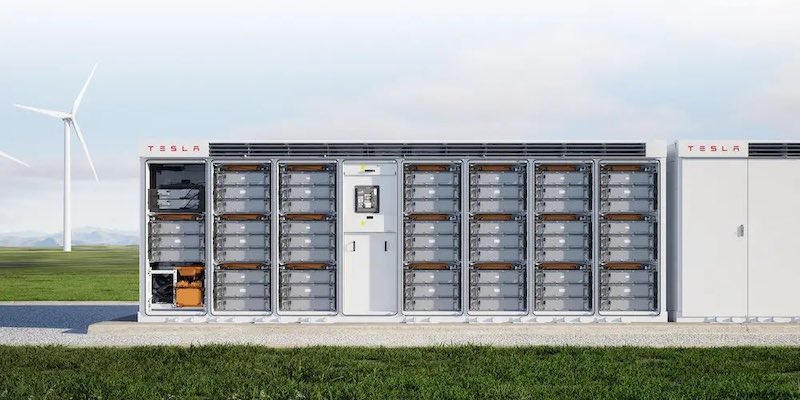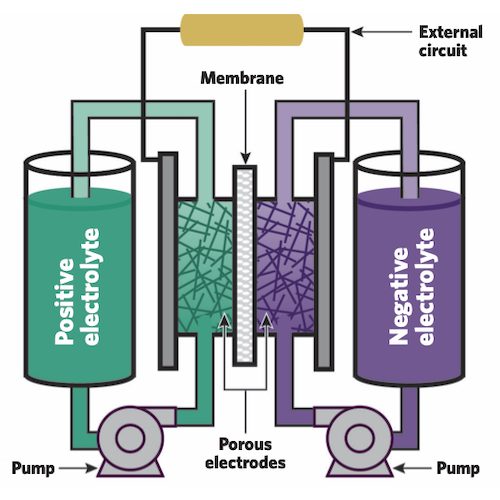The Role of Technology in Energy Transformation: What’s in it for my business?
June 3, 2024
The intersection of technology and energy policy is shaping the future of how businesses operate within the global marketplace. As environmental regulations tighten and public demand for sustainable practices grows, leveraging technology in energy transformation is not just advantageous—it's imperative. This article dives into how emerging technologies are reshaping the energy landscape and what it means for businesses across sectors.
Key Technologies in Energy Transformation
- Renewable Energy Technologies: Innovation in solar and wind energy is rapidly changing the economics of energy. As reported by the International Renewable Energy Agency (IRENA), the global solar photovoltaic (PV) capacity has grown from 40 gigawatts in 2010 to approximately 480 gigawatts in 2020, an increase of over 1100% in a decade. For instance, solar photovoltaic systems have seen a dramatic decrease in cost and an increase in efficiency. Companies like Tesla are now integrating solar tiles with battery storage to create self-sustaining energy systems for residential and commercial properties. Wind energy, enhanced by offshore wind farms and vertical-axis turbines, is expanding the possibilities for deployment in varied geographical locations.
 Tesla’s commercial and utility-scale battery offering, Megapack. Image courtesy of Tesla, Inc.
Tesla’s commercial and utility-scale battery offering, Megapack. Image courtesy of Tesla, Inc.
- Energy Storage Technologies: The advancement in battery technology, particularly through lithium-ion batteries, is crucial for offsetting the intermittency issues of renewable energy. Lithium-ion batteries, leading this sector, have seen an 87% decrease in costs since 2010, making them increasingly viable for both residential and commercial uses. Companies like Samsung and Panasonic are at the forefront of developing batteries that offer longer life spans and higher energy densities. Flow batteries, which store electricity in chemical solutions, are another area where significant advancements could revolutionize how energy is stored on a large scale.

Flow Battery - MIT Energy Initiative
- Energy Efficiency Technologies: The International Energy Agency (IEA) notes that improvements in energy efficiency technologies in industrial processes and building management systems can lead to significant reductions in energy consumption. The U.S. Department of Energy highlights that LED lighting uses at least 75% less energy and lasts 25 times longer than incandescent lighting. Smart thermostats and advanced HVAC systems, for instance, use predictive analytics to optimize energy use, significantly reducing costs and carbon emissions.
- Smart Grid Technology: Smart grids use digital communications technology to detect and react to local changes in usage, improving the efficiency, reliability, and sustainability of electricity distribution. This technology is pivotal in supporting the integration of renewable energy sources into the grid, ensuring stability despite the variable nature of wind and solar energy.
Advantages of Technology Adoption for Businesses
- Cost Reduction and Energy Efficiency: The use of AI and smart technologies can significantly cut energy costs. Google, for instance, managed to reduce its cooling costs by 40% using AI, demonstrating the substantial cost-saving potential of integrating advanced technologies.
- Sustainability and Regulatory Compliance: Embracing renewable technologies not only helps businesses meet stringent global regulations but also positions them favorably in markets driven by environmentally conscious consumers. Companies investing in renewables are seeing increased market shares and consumer support due to their green credentials.
- Enhanced Brand Value: Investing in green technologies significantly boosts brand reputation. For example, Apple’s commitment to being 100 percent carbon neutral for its supply chain and products by 2030 enhances its brand among consumers and stakeholders concerned about sustainability.
Innovation Through Technology
The integration of IoT with energy management systems emphasizes how technology can optimize business operations. Real-time data from IoT devices provides insights that lead to more informed energy usage decisions, potentially reducing costs and enhancing system reliability. For example, IoT deployment in industrial settings can lead to a 25% reduction in operational costs through improved energy efficiency and equipment maintenance.
Interested in the role of IoT in shaping the future of energy grids? Have a look at our article: From Centralized to Decentralized: The Role of IoT in Shaping the Future of Energy Grids.
Companies like Honeywell are also making significant strides in revolutionizing business models for building owners; their advanced building management systems integrate IoT technologies to enhance energy efficiency. This has led to smarter, more connected buildings that can autonomously optimize energy use and significantly reduce costs. This approach not only improves the operational efficiency of buildings but also demonstrates the transformative power of integrating cutting-edge technology into core business strategies for real estate and facility management.
Risk Mitigation and Business Resilience
Reducing dependency on traditional energy sources by diversifying into renewables mitigates risks associated with fossil fuel volatility and contributes to more stable and predictable energy costs. According to the International Energy Agency (IEA), diversification into renewables can help companies reduce their energy cost variability by up to 30%, enhancing financial predictability. This strategic shift is crucial as it helps businesses manage and forecast their energy expenditures more effectively, reducing exposure to global price fluctuations and enhancing overall financial stability. Additionally, robust energy storage solutions are critical for maintaining continuity during power disruptions. Businesses equipped with advanced storage systems, such as those using lithium-ion technology, have seen downtime reductions by as much as 40%, ensuring operational stability. This resilience is essential for maintaining uninterrupted business operations, thus protecting the business from external shocks and ensuring continuous customer service and satisfaction.
Conclusion
The integration of technology in energy transformation is not merely a trend but a fundamental shift critical for the sustainability and resilience of modern businesses. As we look forward, adopting these technologies is essential for businesses aiming to thrive in a dynamic global market that values environmental stewardship alongside economic success.
REFERENCES

